Outsourcing vs Offshoring: Which is Right for Your Business?
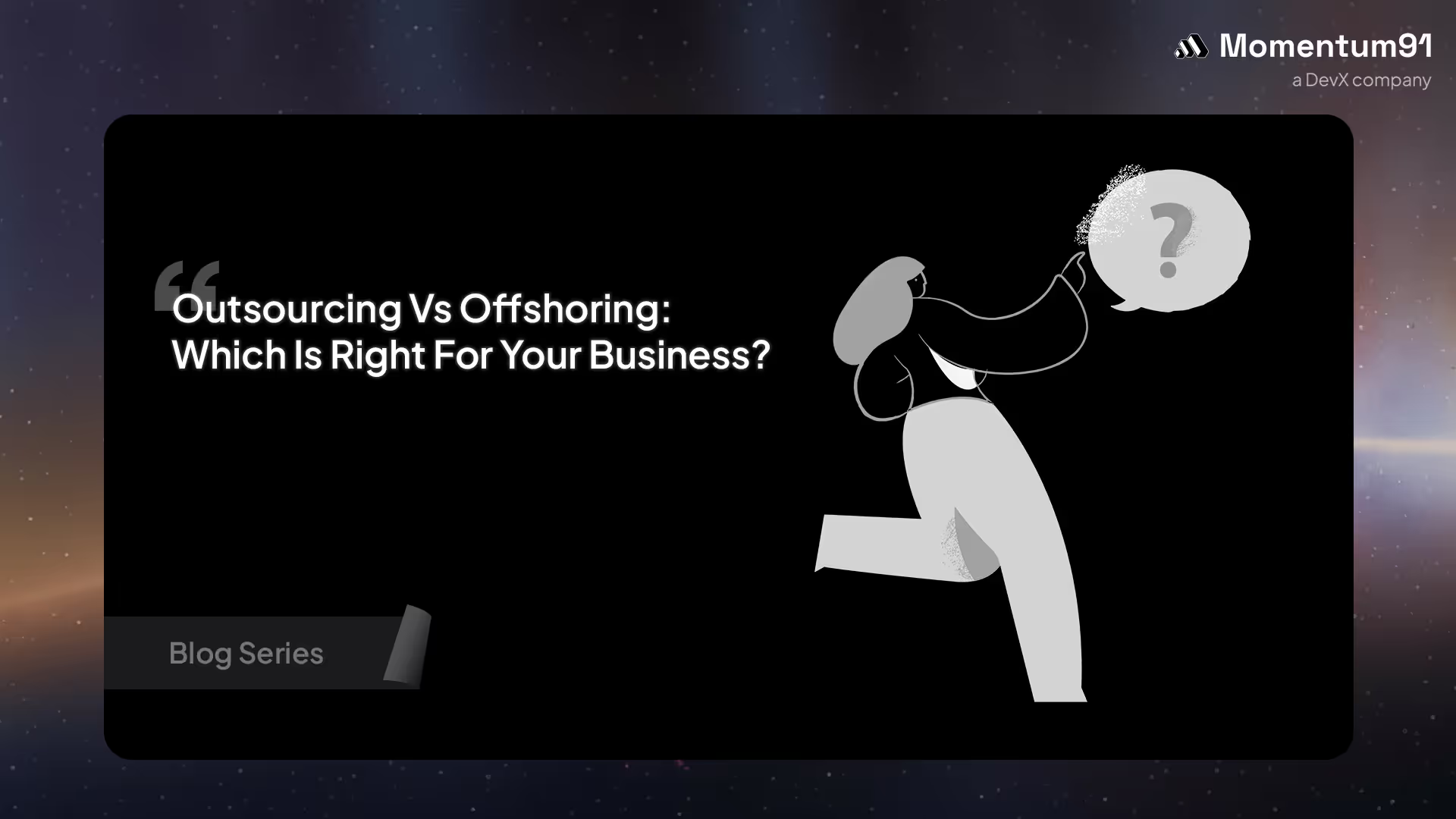
The global business process outsourcing market reached $347.95 billion in 2025 and projects to hit $840.60 billion by 2034, yet many businesses are still confused about outsourcing vs. offshoring strategies.
Both approaches can reduce operational costs by 20-70%, but they serve different business objectives and operational needs. Outsourcing delegates specific tasks to third-party providers regardless of location, while offshoring relocates entire business processes to different countries.
With 92% of G2000 companies using IT outsourcing contracts and AI projected to automate 40% of customer service jobs by 2026, understanding the difference between outsourcing and offshoring becomes essential for strategic decisions. At Momentum91, we help businesses choose the right model for their growth goals.
Understanding the Core Difference Between Outsourcing and Offshoring
The primary distinction lies in what versus where. Outsourcing focuses on who performs the work by contracting external providers, while offshoring addresses where the work is performed by relocating operations to another country.
This fundamental difference between outsourcing and offshoring shapes every aspect of implementation:
- What vs Where: Outsourcing vs offshoring represents delegation versus geographic relocation strategies
- Market Growth: The global offshoring market reached $235 billion in 2025 with 5.46% CAGR expected through 2033
- Business Expansion Strategies: US companies increasingly partner with Latin American countries for nearshoring alternatives
- Scale Impact: The US outsources approximately 300,000 jobs annually, with 66% of businesses using cost savings strategies
1. Outsourcing Defined - Delegating to External Providers
Outsourcing involves contracting specific business process optimization functions to third-party service providers, whether locally or internationally. Companies maintain strategic control while leveraging external expertise for non-core activities like customer support, IT outsourcing trends, or accounting.
This model allows access to global talent acquisition and rapid scalability solutions without infrastructure investment.
2. Offshoring Explained - Relocating Operations Abroad
Offshoring relocates entire business processes or departments to foreign countries, typically to access lower labor costs and larger talent pools. Companies maintain ownership and direct management of offshore operations through dedicated development teams.
India captures 55% of global IT offshoring, while the Philippines and Brazil emerge as major destinations for software development models.
Now let's examine how these models impact your bottom line through detailed cost analysis.
Financial Breakdown in Outsourcing vs Offshoring Cost Comparison
Both models deliver substantial cost savings strategies but through different mechanisms. Outsourcing achieves efficiency through specialized provider expertise and economies of scale, while offshoring capitalizes on geographic wage differentials and operational cost advantages.
Recent data shows companies can save up to 85% through strategic outsourcing, with average annual savings of $87,012. Labor expenses rose 3.5% in 2024-2025, making business process optimization more critical than ever.
Outsourcing vs offshoring decisions directly impact your financial performance:
- Cost Range: Outsourcing delivers 15-30% savings; offshoring achieves 40-70% reduction
- Hidden Expenses: Offshoring requires setup costs and ongoing management investment
- ROI Metrics: Professional employer organizations deliver 27.2% return on investment
- Market Reality: Senior engineer salaries in Philippines and Latin America rose 20-40% in 2024-2025
A) Outsourcing Cost Structure and ROI
Outsourcing reduces operational expenses by eliminating recruitment, training, and infrastructure costs. Companies pay only for specific services needed, avoiding overhead expenses like employee benefits and office space.
The project-based payment structure provides budget predictability and flexibility. IT outsourcing trends show savings up to 87% in specific areas, while project management outsourcing delivers measurable efficiency gains.
B) Offshoring Financial Benefits and Hidden Expenses
Offshoring can reduce costs significantly due to lower wages in target countries, but several factors affect total savings:
- Direct Savings: 40-70% cost reduction through geographic wage differentials
- Setup Costs: Infrastructure investment and initial establishment expenses
- Management Overhead: Additional supervision consuming 15-20% of budgets
- Currency Risk: Fluctuations can impact long-term cost savings strategies
- Compliance Costs: Regulatory requirements across jurisdictions add complexity
Companies often overlook these additional expenses when calculating scalability solutions and total cost of ownership. Understanding operational control differences helps determine which model suits your management style.
Operational Control and Management in Outsourcing vs Offshoring Models
Control levels differ significantly between these approaches, affecting quality assurance, process oversight, and strategic alignment. Understanding the difference between outsourcing and offshoring helps businesses choose models that match their management capabilities and comfort with external dependencies.
With AI automating 25% of daily tasks across jobs in 2025, management focus shifts toward strategic oversight rather than routine supervision. Business process optimization becomes more important when selecting between outsourcing vs offshoring models.
Key control considerations:
- Direct Oversight: Offshoring maintains company control; outsourcing relies on provider management
- Process Customization: Offshoring allows full customization; outsourcing follows provider methodologies
- Quality Control: Software development models require distinct monitoring strategies
A) Outsourcing - Limited Direct Control with Provider Dependence
Outsourcing requires trusting external providers to deliver agreed-upon outcomes while following their established processes and methodologies. Companies must rely on service level agreements and performance metrics rather than direct supervision, potentially limiting customization options.
AI-powered monitoring tools now provide real-time performance insights, helping bridge oversight gaps. Successful outsourcing relationships depend on clear communication channels and well-defined expectations through global talent acquisition.
B) Offshoring - Maintaining Direct Operational Oversight
Offshoring preserves direct management control over relocated operations, allowing companies to implement their processes, standards, and quality measures. This approach requires substantial management attention and cultural adaptation but offers greater operational visibility and customization flexibility.
However, managing dedicated development teams across cultures demands investment in communication infrastructure and cultural training for effective scalability solutions.
Next, we'll explore how both models expand your access to global talent pools.
Talent Access and Scalability: Outsourcing vs Offshoring Advantages

Both models expand access to global talent pools but offer different scalability characteristics and expertise levels. The choice depends on specific skill requirements, project duration, and growth projections.
About 45% of companies plan increased outsourcing due to IT talent gaps, making the difference between outsourcing and offshoring more strategic for business expansion strategies.
Global talent acquisition considerations:
- Speed to Scale: Outsourcing provides immediate access; offshoring requires 6-12 months setup
- Expertise Depth: Outsourcing offers specialized skills; offshoring builds dedicated development teams
- Geographic Reach: Outsourcing vs offshoring models access worldwide talent through different approaches
A) Outsourcing for Specialized Expertise and Rapid Scaling
Outsourcing provides immediate access to specialized skills without lengthy recruitment processes. Companies can quickly scale teams up or down based on project demands, leveraging provider expertise in specific technologies or industries.
This flexibility proves particularly valuable for short-term projects or emerging technology needs. AI automation enables faster onboarding and reduces training requirements for software development models.
B) Offshoring for Long-term Talent Development and 24/7 Operations
Offshoring offers access to large talent pools with potential for long-term team development and cultural integration. Different time zones enable continuous operations, particularly beneficial for customer support or development activities requiring round-the-clock coverage.
However, scaling requires more time and investment in infrastructure and recruitment. Building offshore capabilities takes 6-12 months but delivers sustained scalability solutions.
Understanding risk profiles helps determine the safest approach for your business.
Risk Management and Strategic Considerations in Outsourcing vs Offshoring
Risk profiles vary substantially between models, affecting everything from data security to operational continuity. Understanding these risks enables better decision-making and mitigation strategies.
Over 75% of countries enforce data-localization requirements, increasing compliance complexity. The difference between outsourcing and offshoring becomes clear when examining risk factors for outsourcing vs offshoring decisions.
A) Outsourcing Risks - Vendor Dependency and Quality Control
Outsourcing risks include vendor dependency, quality control challenges, and data security concerns with third-party providers. Business process optimization requires robust contractual protections and compliance measures.
AI-powered security monitoring helps detect anomalies and unauthorized access through global talent acquisition networks.
B) Offshoring Challenges - Cultural Integration and Regulatory Compliance
Offshoring risks involve cultural barriers, regulatory compliance across jurisdictions, and geopolitical instability. Managing dedicated development teams requires significant investment in communication infrastructure and cultural training.
Rising wages in traditional offshore destinations create ongoing cost savings strategies.
How Momentum91 Can Help You Navigate Outsourcing vs Offshoring Decisions
Momentum91 brings together deep AI, development, and design expertise to help you scale outsourcing or offshoring strategies quickly and efficiently. With 8 years of experience, a global infrastructure spanning 25 centres and 11 cities, and a talent pool of 13,000+ people, we deliver embedded, full-stack teams that feel like your own through dedicated development teams.
We move fast, with 95% of outsourcing teams going live in under ten weeks, and we cover everything from business process optimization PoC development to software development models roll-outs and UX strategy.
Key Strengths:
- AI-First Thinking: Innovation begins with thoughtful IT outsourcing trends integration
- End-to-End Development: From concept to delivery, Momentum91 covers all phases of project management outsourcing
- Full-Stack Execution: Engineers, designers, and product minds all embedded in your business expansion strategies
- Embedded Product Teams: Offshore outsourcing teams work as if they're onsite
- Scalable Talent: Rapid team building powered by global talent acquisition through India's most reliable partner networks
Explore how Momentum91 transforms outsourcing vs offshoring ideas into impactful, scalability solutions and helps you move smarter, faster, and stronger.
Conclusion
Businesses struggle with outsourcing vs offshoring decisions, facing hidden costs, vendor dependency risks, cultural barriers, and compliance complexities. Many companies experience project delays, quality issues, and budget overruns when choosing the wrong model.
The difference between outsourcing and offshoring becomes critical when these mistakes lead to failed implementations, damaged client relationships, and wasted resources. Without proper guidance, organizations risk selecting approaches that don't align with their business expansion strategies or scalability solutions.
Don't let poor decisions derail your growth. Momentum91's expertise in global talent acquisition and dedicated development teams ensures you choose the right model from the start.
Contact Momentum91 today for a free consultation and discover which model will accelerate your business growth.
FAQs
1. What is the main difference between outsourcing and offshoring?
Outsourcing focuses on "who" performs work by contracting external providers anywhere, while offshoring addresses "where" work happens by relocating operations to another country. Outsourcing involves delegation to third parties; offshoring means geographical relocation of business process optimization while maintaining ownership and direct control over operations.
2. Which model offers better cost savings - outsourcing or offshoring?
Offshoring typically provides greater cost savings strategies (40-70%) due to lower wages in target countries, while outsourcing offers moderate savings (15-30%) through efficiency gains. However, offshoring requires higher initial investment and ongoing management costs. Recent inflation has narrowed wage gaps, making outsourcing vs offshoring total costs more comparable.
3. How is AI changing outsourcing and offshoring in 2025?
AI automates 40% of customer service tasks and 25% of daily work activities across jobs. Outsourcing providers offer AI-powered chatbots, automated data processing, and predictive analytics. Offshoring operations use AI for quality control and project management outsourcing. Both models benefit from AI-human collaboration, improving scalability solutions while requiring new skill sets.
4. When should a business choose outsourcing over offshoring?
Choose outsourcing for short-term projects, specialized expertise needs, non-core functions, or minimal management overhead preferences. It's ideal for startups, seasonal businesses, or companies maintaining focus on core competencies without operational distractions. Outsourcing provides immediate access to global talent acquisition and specialized software development models without infrastructure investment.
5. What are the main risks associated with outsourcing vs offshoring?
Outsourcing risks include vendor dependency, quality control challenges, and data security concerns with third-party providers. Offshoring risks involve cultural barriers, regulatory compliance issues across jurisdictions, currency fluctuations, and increased management complexity. Both require careful risk assessment, but offshoring typically involves higher complexity due to cross-border operations.
6. Can companies use both outsourcing and offshoring simultaneously?
Yes, many successful companies employ hybrid approaches, using outsourcing for specialized short-term projects and offshoring for large-scale operations. This strategy optimizes different functions according to specific requirements, balancing flexibility, cost savings strategies, and operational control. Hybrid models often include nearshoring alternatives for time zone alignment and cultural compatibility benefits.
7. How do I determine which model is right for my business?
Consider project duration, required expertise, budget constraints, management capabilities, risk tolerance, and long-term strategic goals. Evaluate your need for control versus cost savings strategies, assess internal management capacity, and analyze specific functions for externalization. Consider AI readiness, regulatory requirements, and whether you need 24/7 operations or specialized dedicated development teams.
8. What role does nearshoring play in the outsourcing vs offshoring decision?
Nearshoring alternatives offer middle ground between domestic operations and traditional offshoring, providing moderate cost savings strategies with better time zone alignment and cultural compatibility. Latin America emerged as key nearshoring destination for US companies in 2025, offering 20-40% cost savings compared to domestic operations while maintaining easier communication and business expansion strategies.
The inbox update you’ll never want to skip
A quick catch-up with ideas, wins, and tips worth stealing, straight to your inbox every week.
The easiest way to reach us.
Share your details and we’ll get back within 24 hours.
Blogs
A plethora of insights,all in one place
From strategy to execution. All the big ideas, practical guides & fresh perspectives that’ll help you scale with confidence
Ebooks
Comprehensive guides that break down the shifts in business and technology, Helping you lead with clarity.

Office Hours
Your direct line to our experts. Practical advice for scaling, right when you need it.

Reports
Data-backed perspectives on where industries are headed, giving you the foresight to make bolder moves.
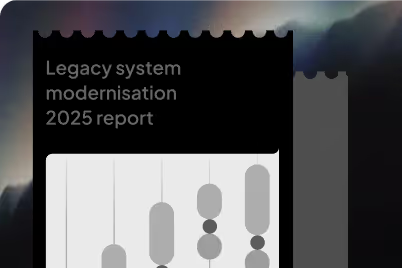
Newsletter
A quick catch-up with ideas, wins, and tips worth stealing, straight to your inbox every week.
.avif)
Podcasts
Conversations where you get to know everything from the ones who know it best.
.avif)
Your Offshore Development Center, Done Right
Access top-tier global talent, enterprise infrastructure, and complete regulatory compliance through our proven model.
Start Now




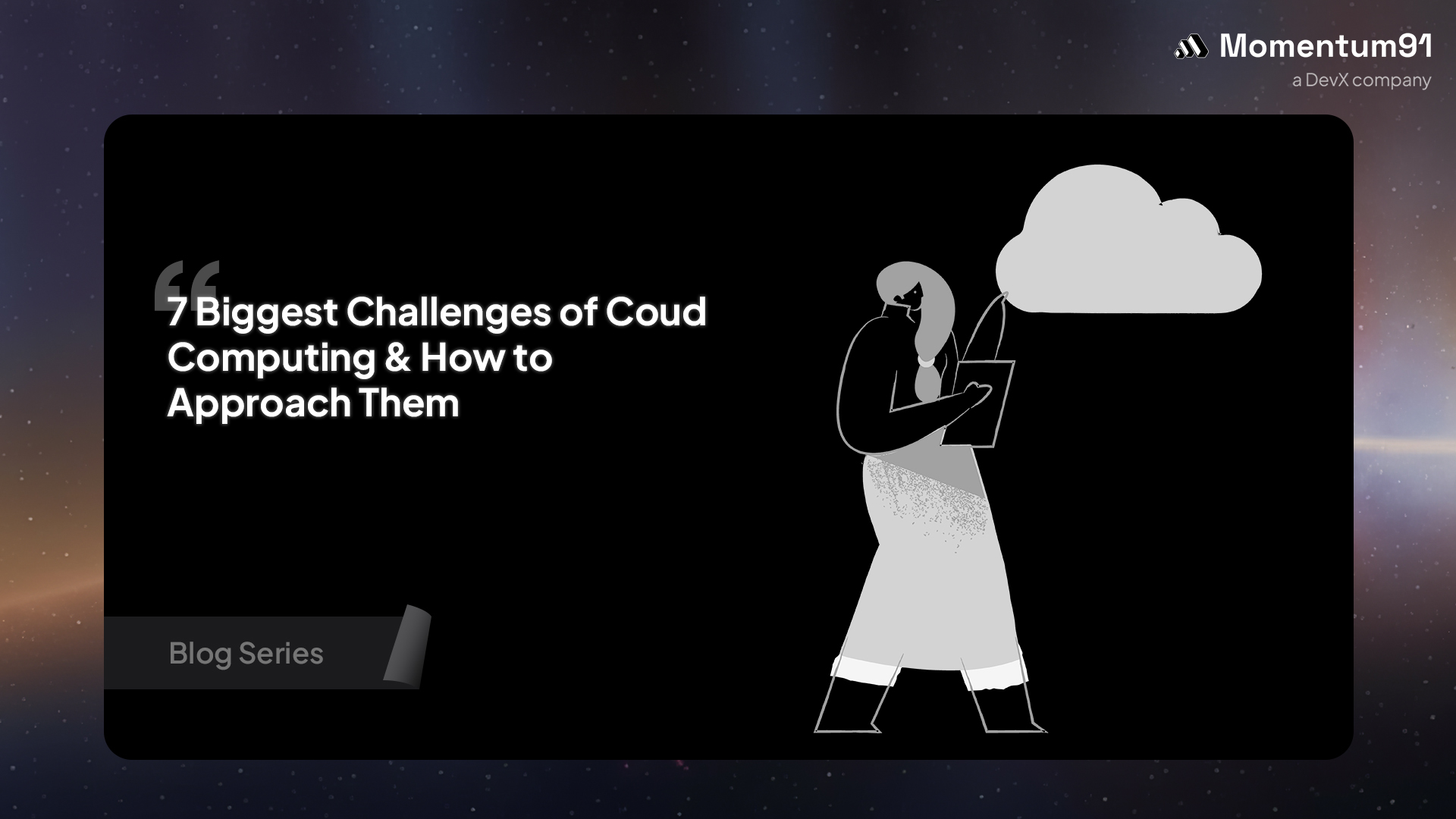
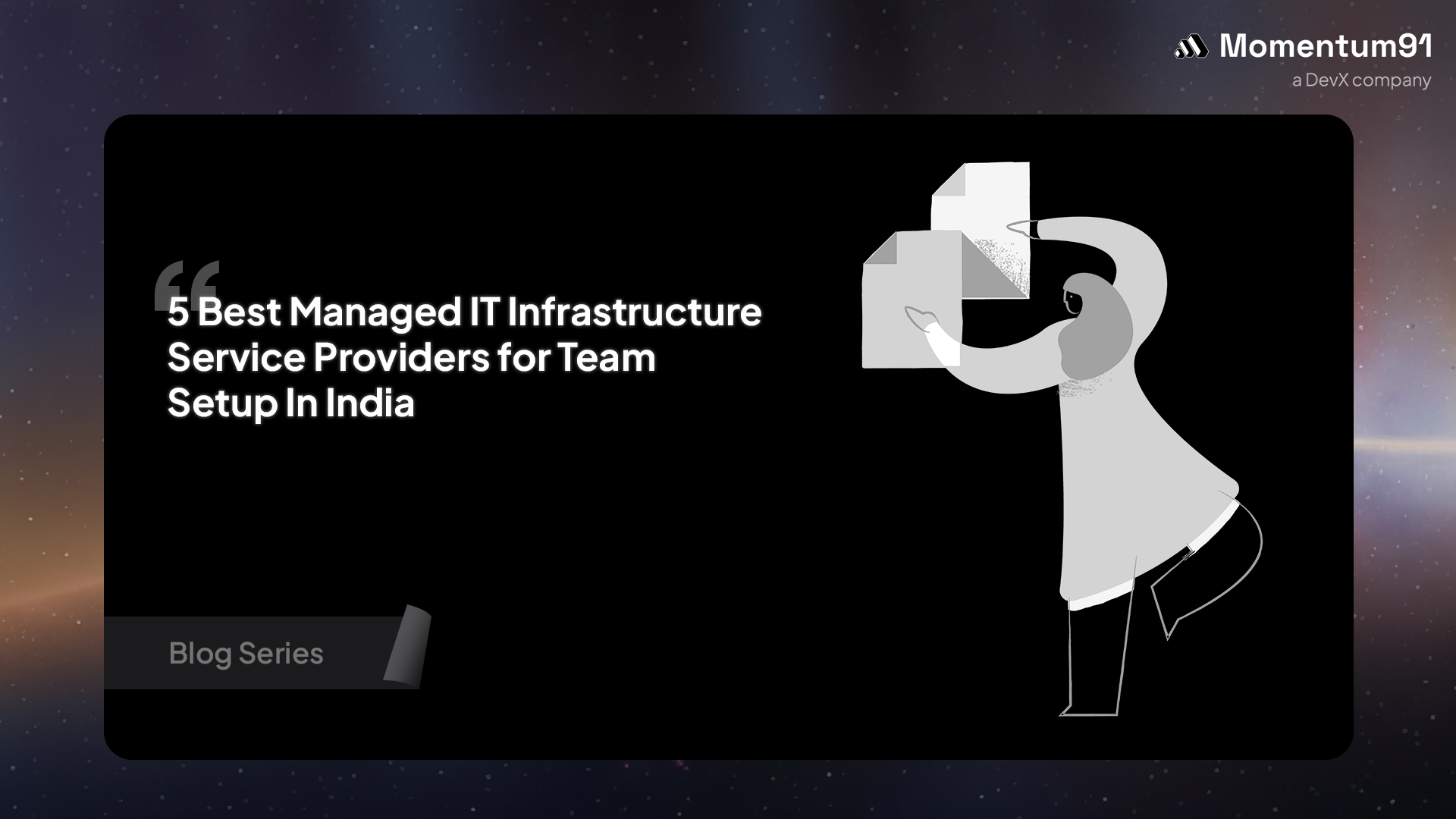
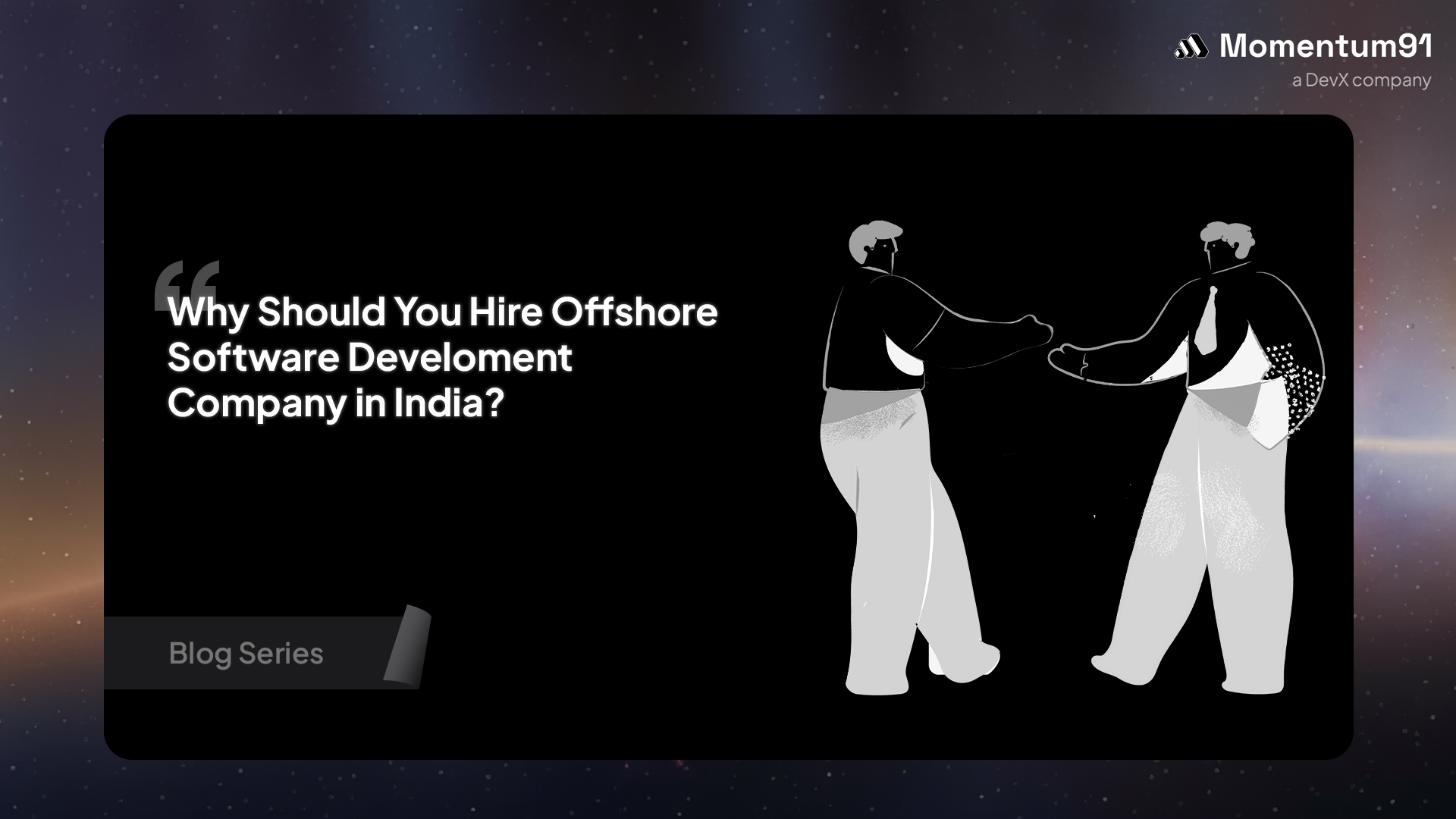
.jpg)
